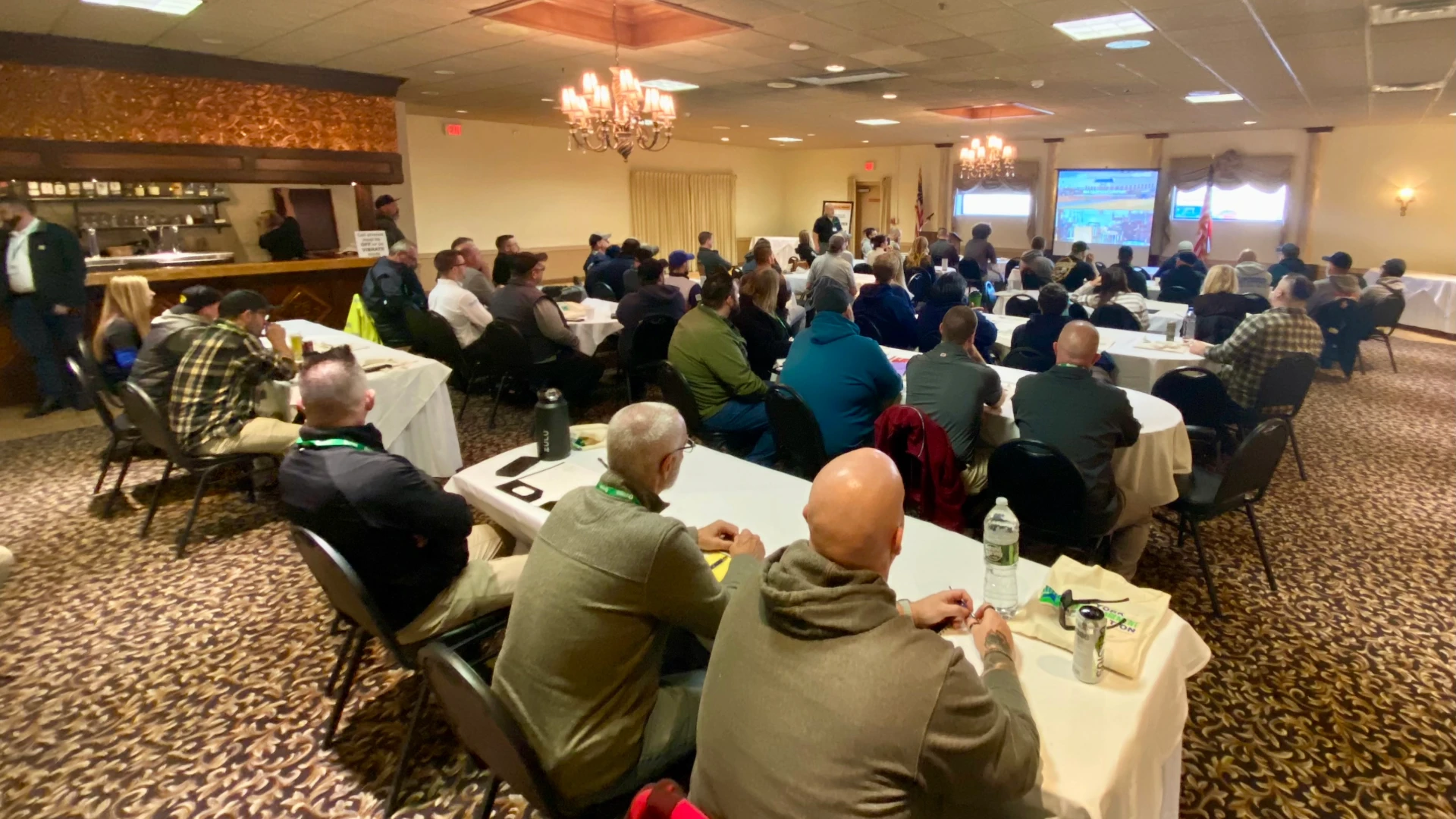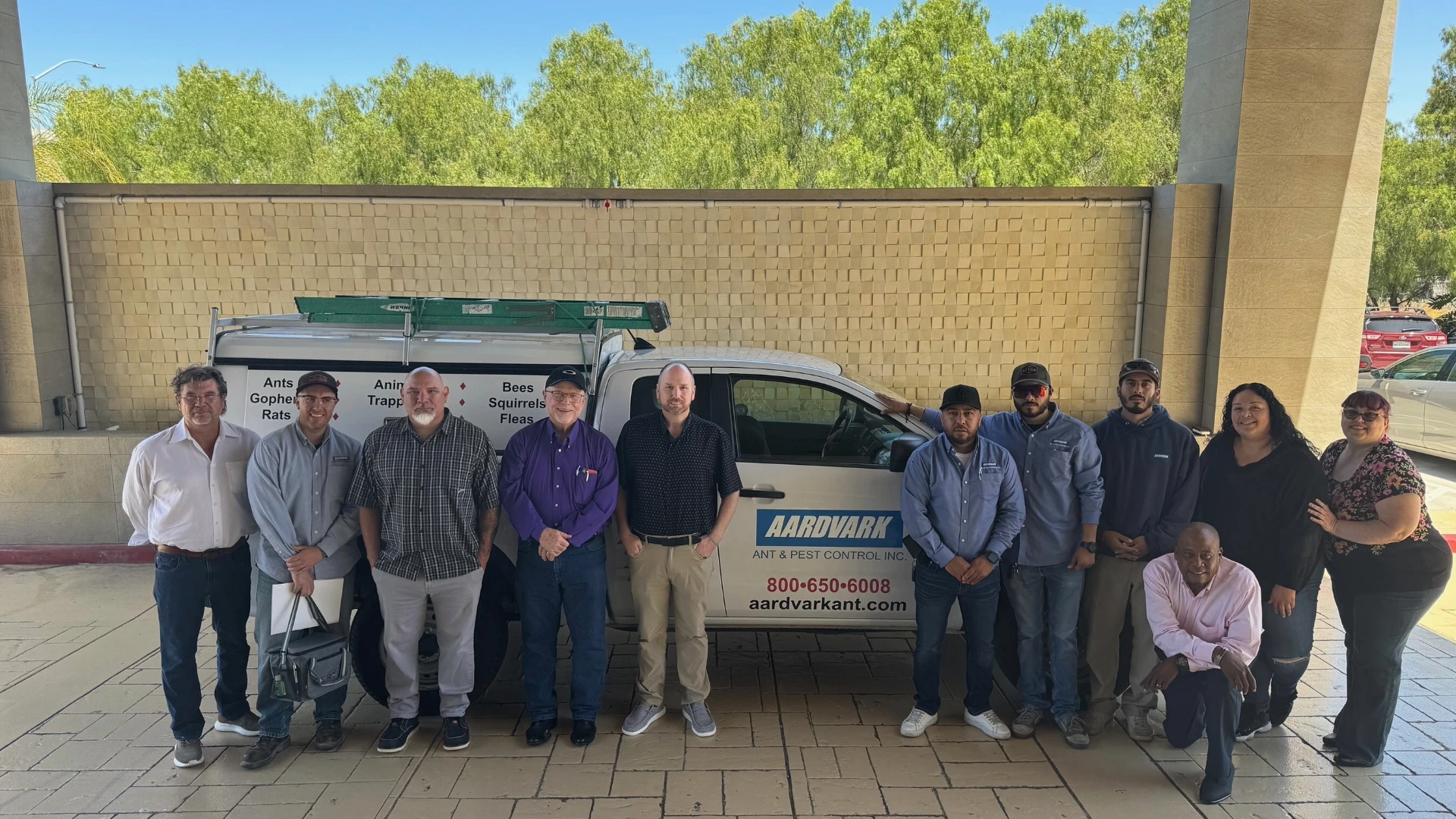
As the world’s economies re-open and a new “normal” of life and commerce is established, we continue to reflect on how best to support our 17 investment partners globally. Recently, we sat down as a firm to document these learnings and plan our go-forward strategy. In the interest of supporting the pest management community and seeking feedback, we are sharing this information below. Our hope is that some ideas can be applied successfully to your business and that you can share your own learnings and ideas with us and other readers for our mutual benefit.
UNDERSTAND DEMAND. One of the most important lessons we have learned is to be hyper tuned-in to your customers and prospective customers and their changing needs. For each portfolio company, we are watching early and live indicators and acting appropriately. Every situation is unique by industry, geography and type of customer, and we will highlight an example.
In one of our online gaming portfolio companies, demand accelerated in the months immediately following COVID-19 but demand then retreated as customers were not strictly stuck at home. This company adjusted and moved from a focus on customer “acquisition” to customer “retention.” Officials were able to nimbly assess demand by monitoring individual customer playing habits on a daily basis.
With pest control, there are demand differences depending on geography (e.g., New York vs. Texas), residential vs. commercial and within commercial (e.g., food service vs. other). Whether in a pandemic or not, it is vital that you maintain a regular pulse on key customers and potential customers to gain an early understanding of changes in demand and customer expectations as this will allow you to prepare your company to excel and capitalize.
BUILD BACK THOUGHTFULLY. One of our CEOs called the aftermath of COVID-19 “cauterizing a wound.” Although painful, it allowed him and the senior management team to make aggressive changes and execute a re-organization plan that was originally planned to occur over the course of a year. Instead, it was executed in a matter of weeks. As you brought employees back from furlough, did you automatically go back to the old way of operating? We think that is a wasted opportunity for improvement.

Is this the time to make that new hire or pivot the business (e.g., build out more residential)? Can I reduce my office space (e.g., more office employees work remotely)? If based in an expensive or high-cost-of-living market, can I staff and operate remotely (e.g., customer support or call center)? Should I consider more online versus in-person customer acquisition methods (e.g., Google Adwords vs. door-to-door sales)?
An example from our portfolio involves moving from fixed labor costs in an expensive market to contractors in less expensive locations. This has helped reduce costs in the near term and enable flexibility to scale up or down labor costs effectively depending on changes in customer demand. One can consider this lesson as similar to a zero-based budgeting type approach.
Ask yourself, “If I were to start from scratch, how would I run the business?” As much as this applies to the CEO or a senior executive, we challenge companies to embrace this mentality throughout the organization.

MAINTAIN VIGILANCE. Although most companies have been emerging out of the depths of the COVID-19 pandemic, keeping and maintaining vigilance in several areas is critical. Worker safety must stay top of mind and communication to that effect is imperative as we are seeing many employees “tire” of the restrictions, so clear processes and checks and balances are a must. Weekly cash-flow tracking may be overkill but maintaining that discipline on a bi-weekly or monthly schedule is healthy; for example, it helps to ensure one remains focused on the importance of customer collections.
For many “critical services,” like pest control, these can be the last services to be cut or reduced so may be a lagging indicator. One of our companies hired a new account director and implemented processes and metrics to closely monitor customer churn (e.g., number of service calls or service issues per customer). Many firms quickly enabled remote working. Maintaining this infrastructure is important and one should consider making changes to enable full remote working going forward. Simple examples include your accounting and ERP software or shared data. Are those running on a server in the office or third-party data center? We have and are encouraging our companies to move all systems and technology to the cloud or a third-party data center.
Lastly, maintaining an active dialogue on the big picture — both key risks and opportunities — is critical. We do not suggest that each organization hires a pandemic expert; but reserving time to regularly discuss material risks and opportunities is healthy to step out of the day-to-day “urgent” matters and spend time on the “important” but less urgent. Consider bi-weekly and monthly agenda topics and identify an “owner” of this topic at the senior ranks.
THINK LONG-TERM. This is a theme across all of our recommendations, but it is easy to ignore when preoccupied with short-term challenges or addressing daily fires. Two places this must be prioritized is with customers and employees. For customers, we are not recommending one simply let customers stop paying or release them from contracts, but active dialogue and helping where you are able will go a very long way to building goodwill over the long-term. For example, allow customers to defer payments or service, which keeps the customer and extends your contract with them.
For employees, communication is critical (more to come later) and identifying ways to keep them engaged and employed will be highly appreciated. For example, you may want to explore rolling shifts in the office (either by day of week or weeks in the month); internal projects such as new service development (e.g., beyond general pest services); or even helping employees gain access to government support.
One of our portfolio companies took on a special project in the depths of COVID-19 to build a new service line that resulted in a small loss, but helped customers immensely and served as a strong reinforcement of unique selling points which is leading to new, larger business opportunities.

ACT OPPORTUNISTICALLY. Turmoil and uncertainty also create opportunity. We have consistently encouraged our portfolio companies to be on their front foot and be prepared to invest rather than retreat. An example is opportunistic acquisitions. While we found acquisition due diligence and integration to be a challenge in the travel-restricted second and third quarters of 2020, it was possible, especially if one is laser focused on the material issues and risks, to get deals done. Creative deal structures were used to ensure both buyer and seller were treated equitably.
Another growth opportunity is expanding into new service lines or products that are in high demand such as disinfection servicing. If there is a lull in activity in your business, this could be a great opportunity to use that excess time to launch new products or ideas that normally would have been deprioritized or too risky to try under normal circumstances.
Lastly, consider amplifying marketing activity. Getting a leg up on your competitors who may be pulling back may be a smart move. In some of our portfolio companies we are seeing a higher return on each marketing dollar spent now than in the past as there is less competition in the market and in some channels, customers are more engaged.
COMMUNICATION IS KEY. Continue regular communication both internally and externally. Beyond informing all of the decisions you will need to make moving forward, it is craved more than ever by your staff and customers as media coverage of COVID-19 whipsaw our perspective and emotions on a daily basis. If you create a vacuum lacking in dialogue, it will be filled — but with assumptions you will not be involved in or in control over. Many of our companies implemented more frequent virtual town hall meetings with employees at the onset of the crisis and continue to maintain them. These are well received, and employees are happier and more engaged as a result.
Overall, we encourage companies to have active discussions at all levels on how to come out of the crisis stronger than ever before and we welcome comments and feedback at any time.

Explore the January 2021 Issue
Check out more from this issue and find your next story to read.
Latest from Pest Control Technology
- Podcast: Voice for Pest's AI-Powered Solutions
- PCOs Share Advice for Those Entering the Wildlife Control Market
- Listening for the Right 'Buzz' Keeps Mosquitoes from Mating with Wrong Species, Research Finds
- Xcluder Adds X-Plate to Line of Products
- Northwest Exterminating Acquires Gilstrap Exterminating
- Tracking Rats in Crawlspaces
- Process of Elimination During Fly Inspections
- Cascade Pest Owner Treftz Encourages Continued Education Through ESA’s A.C.E. Program





